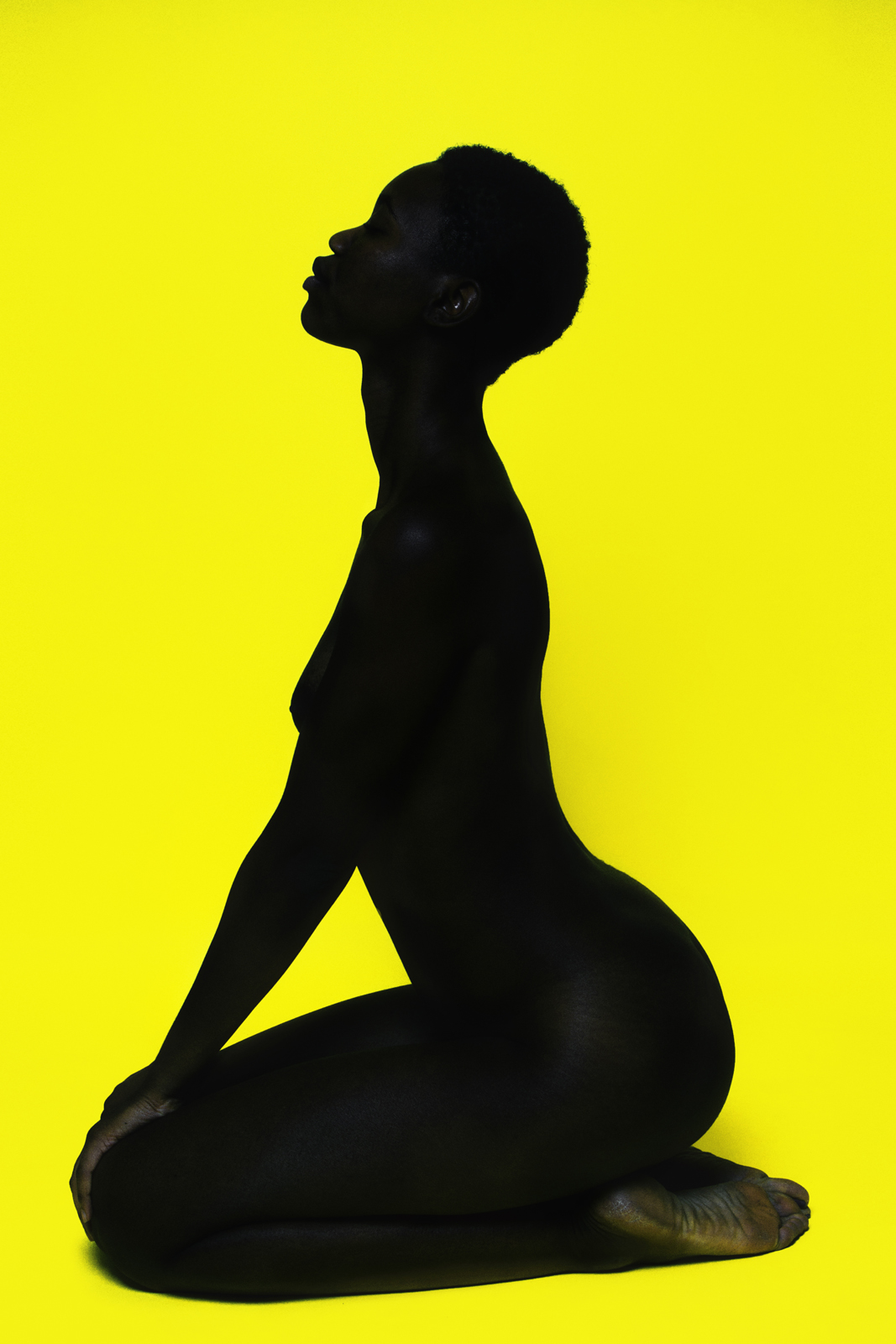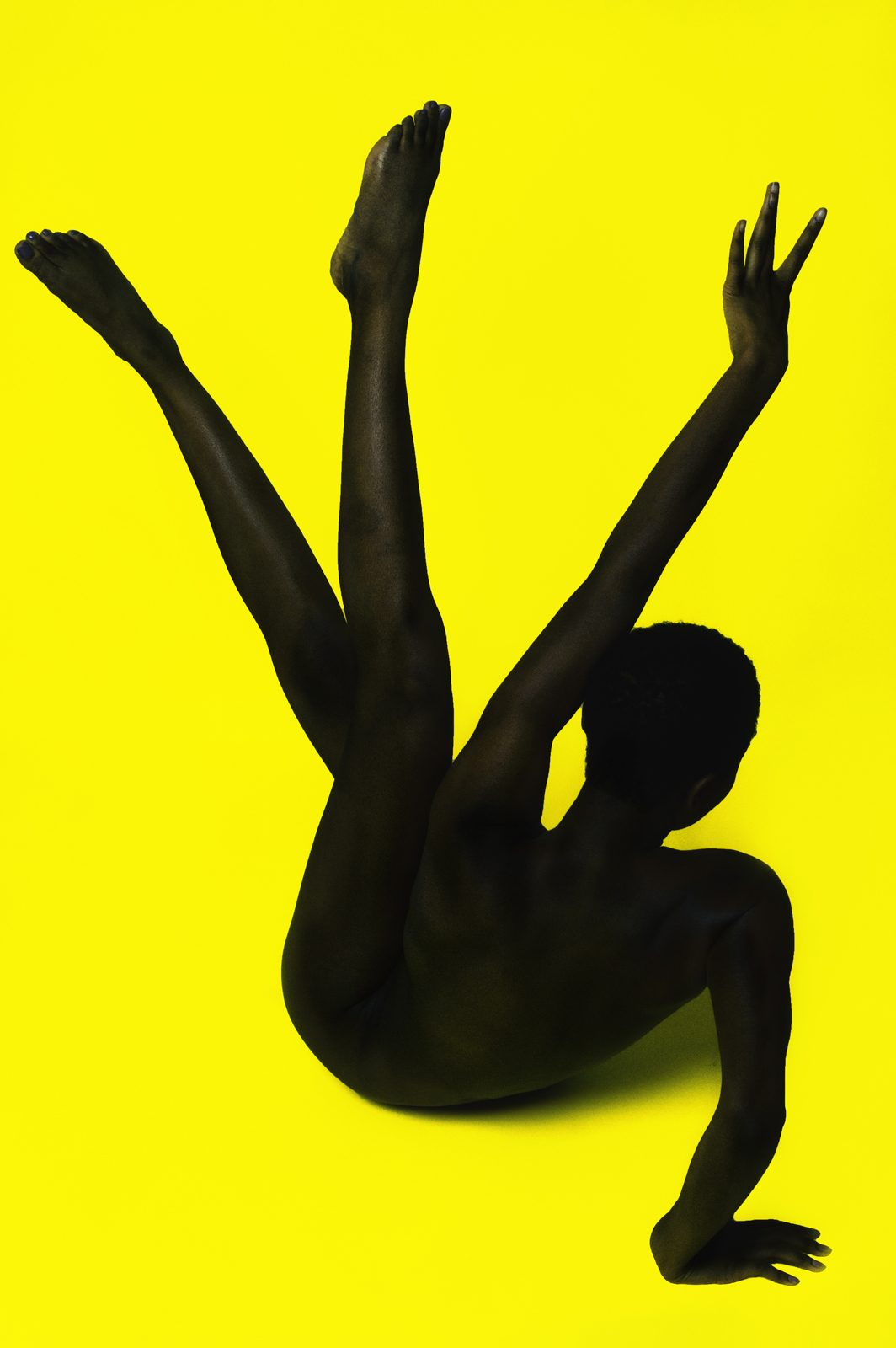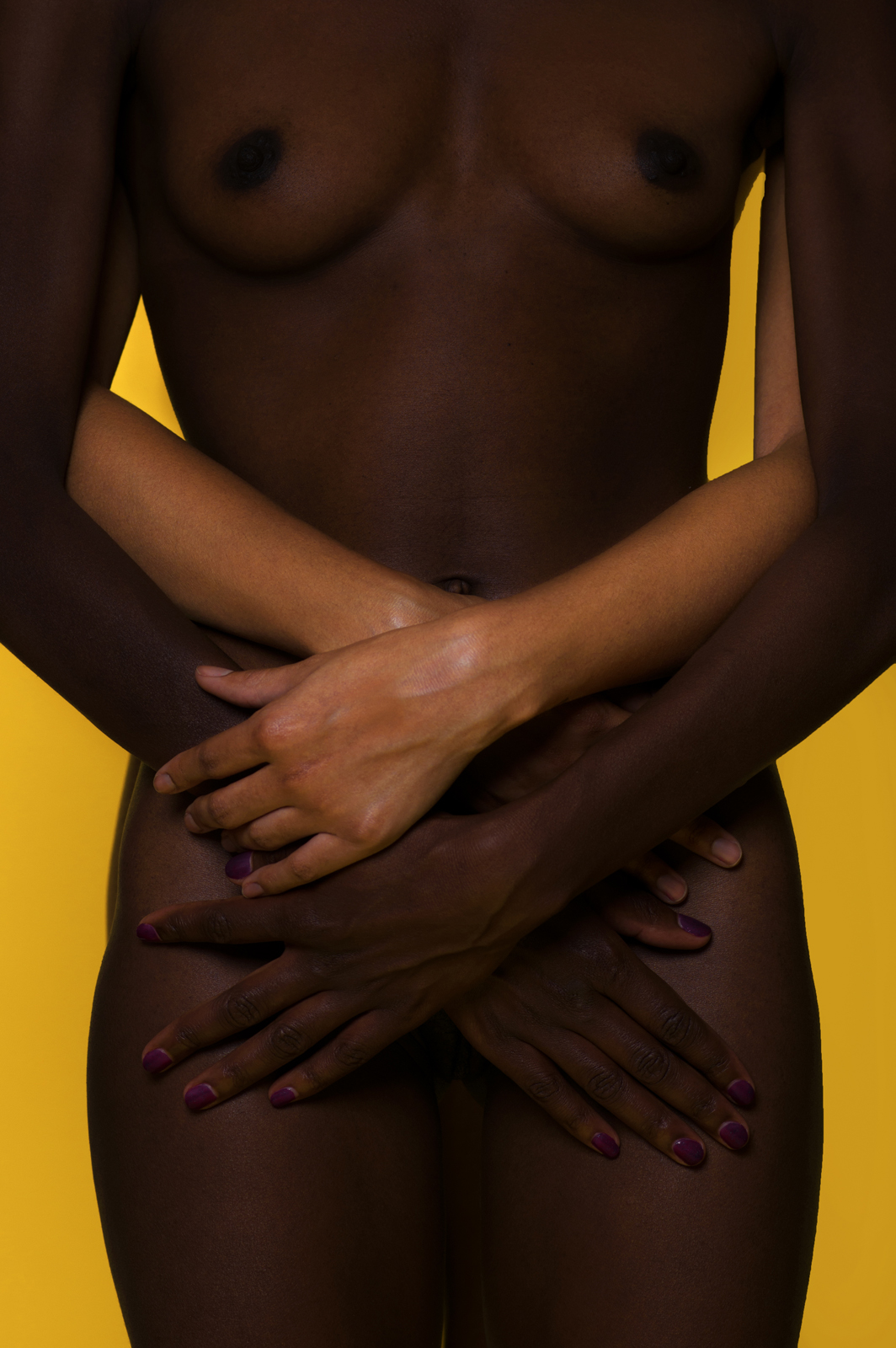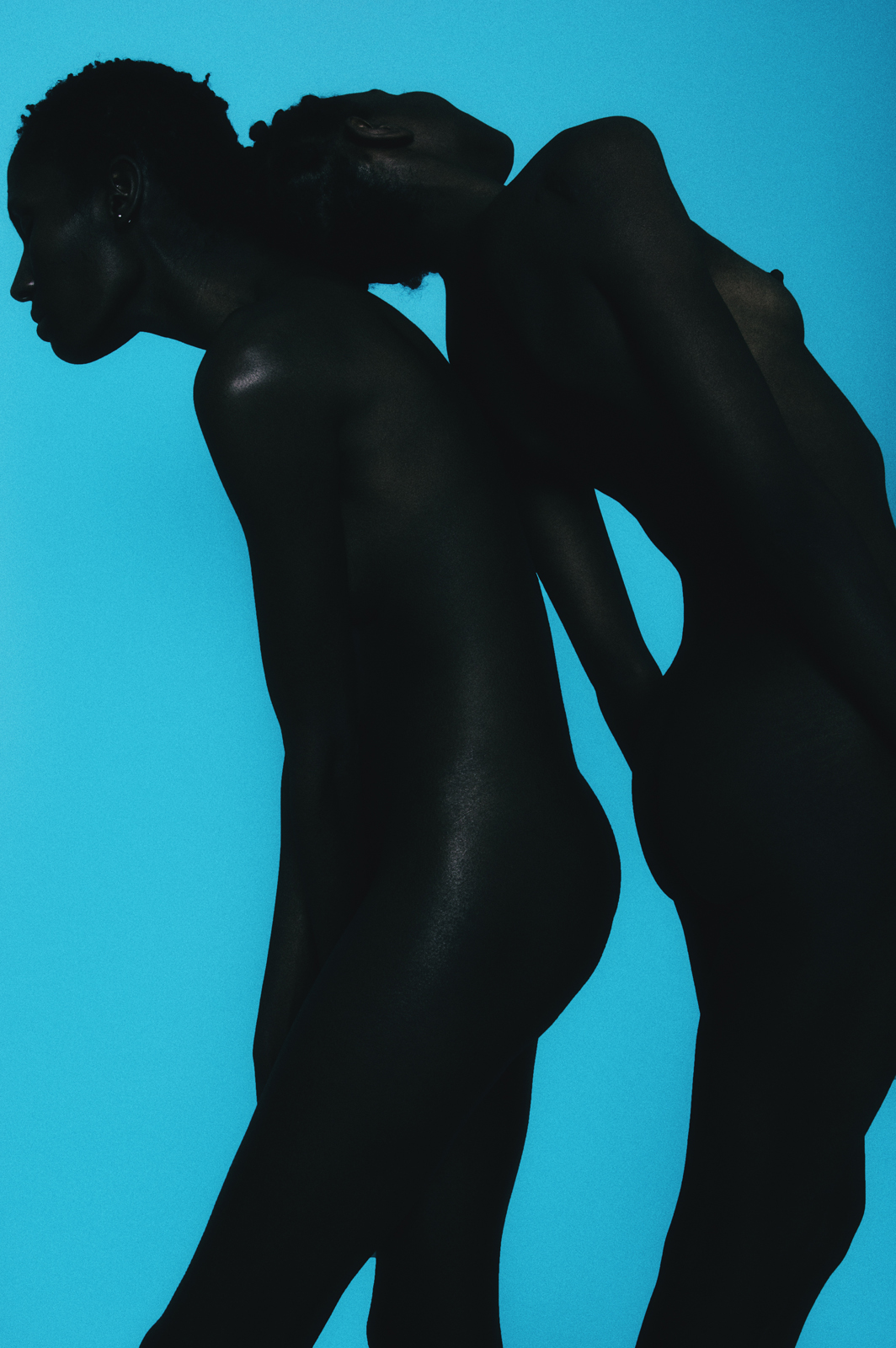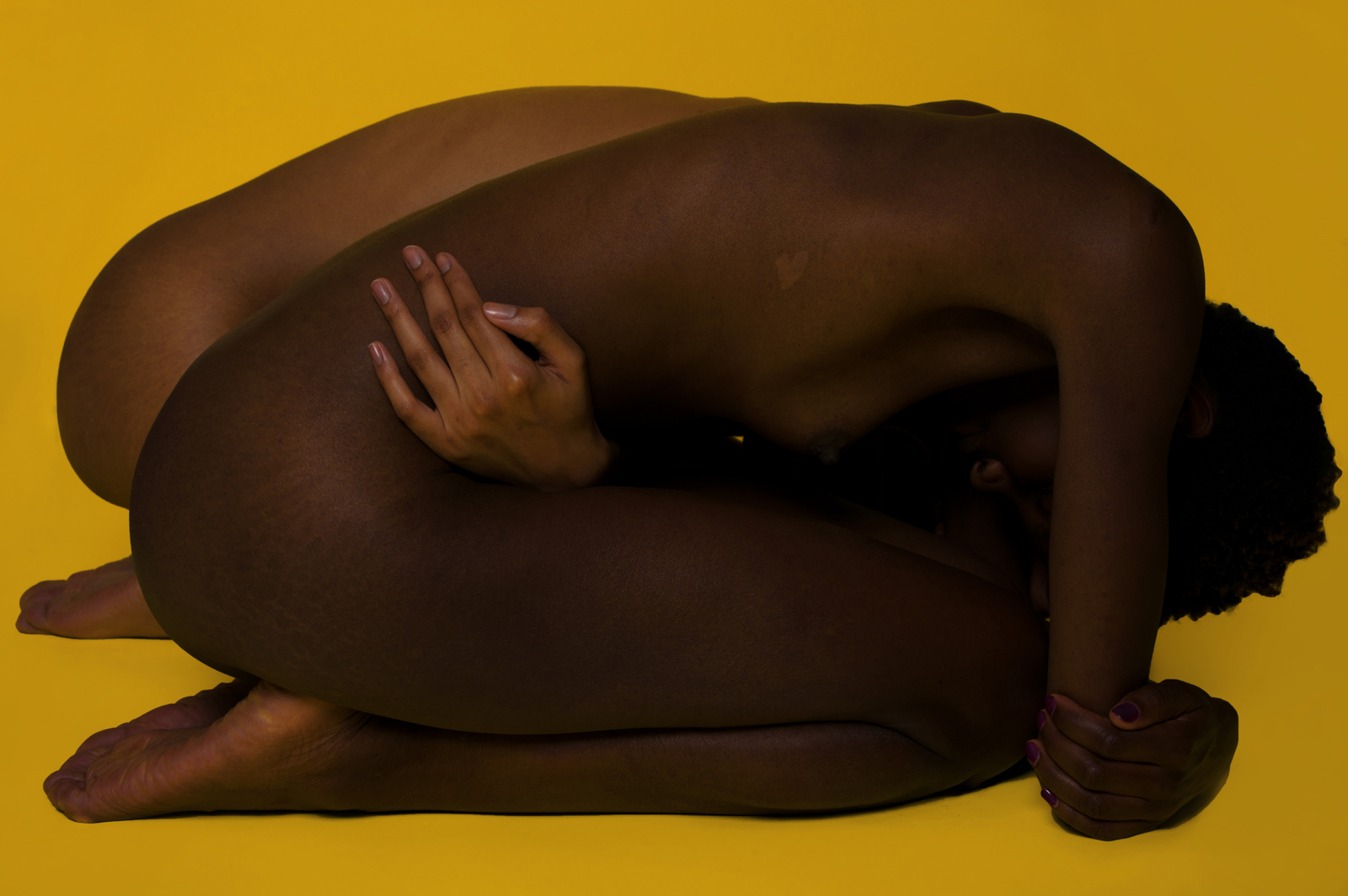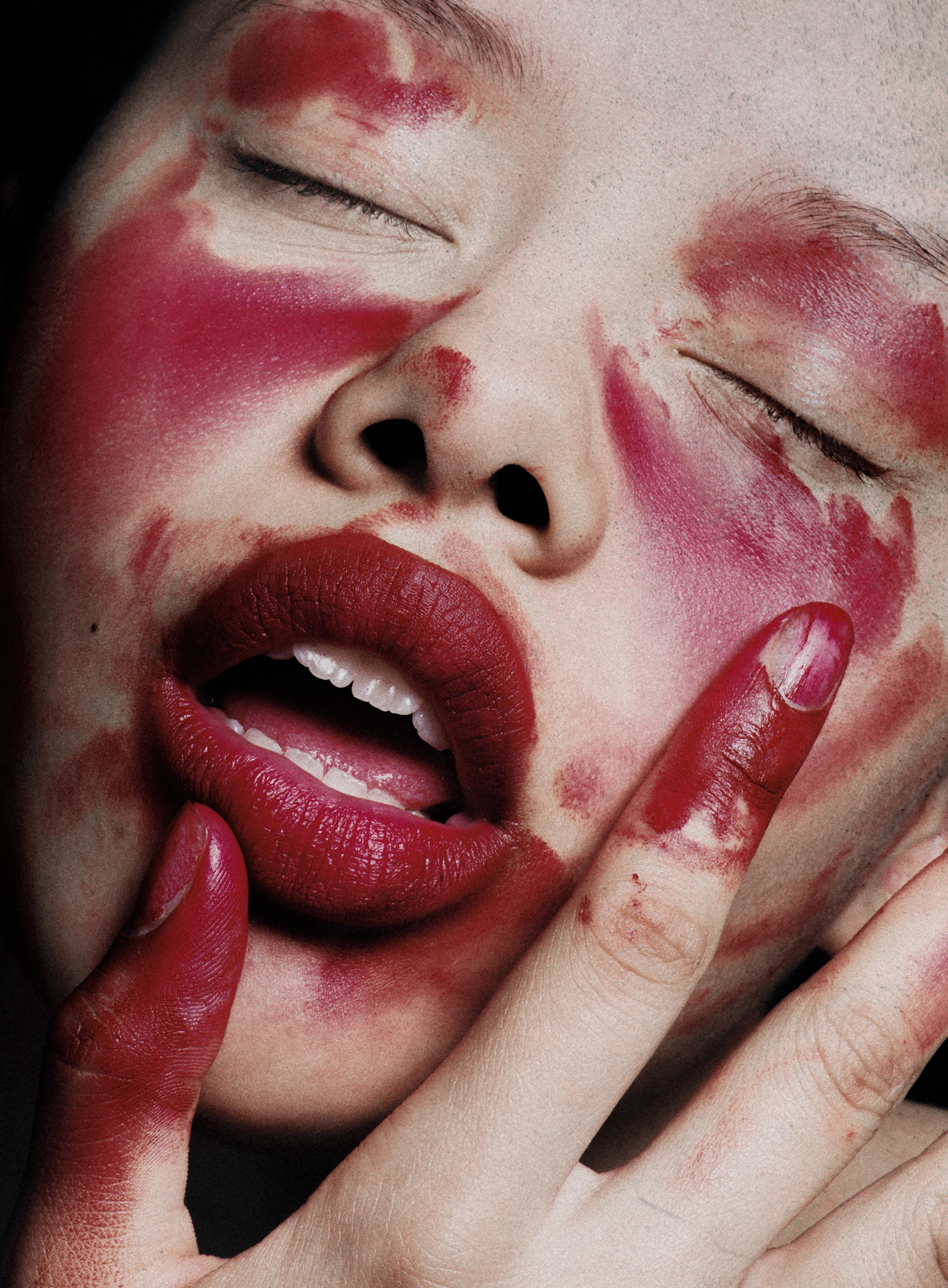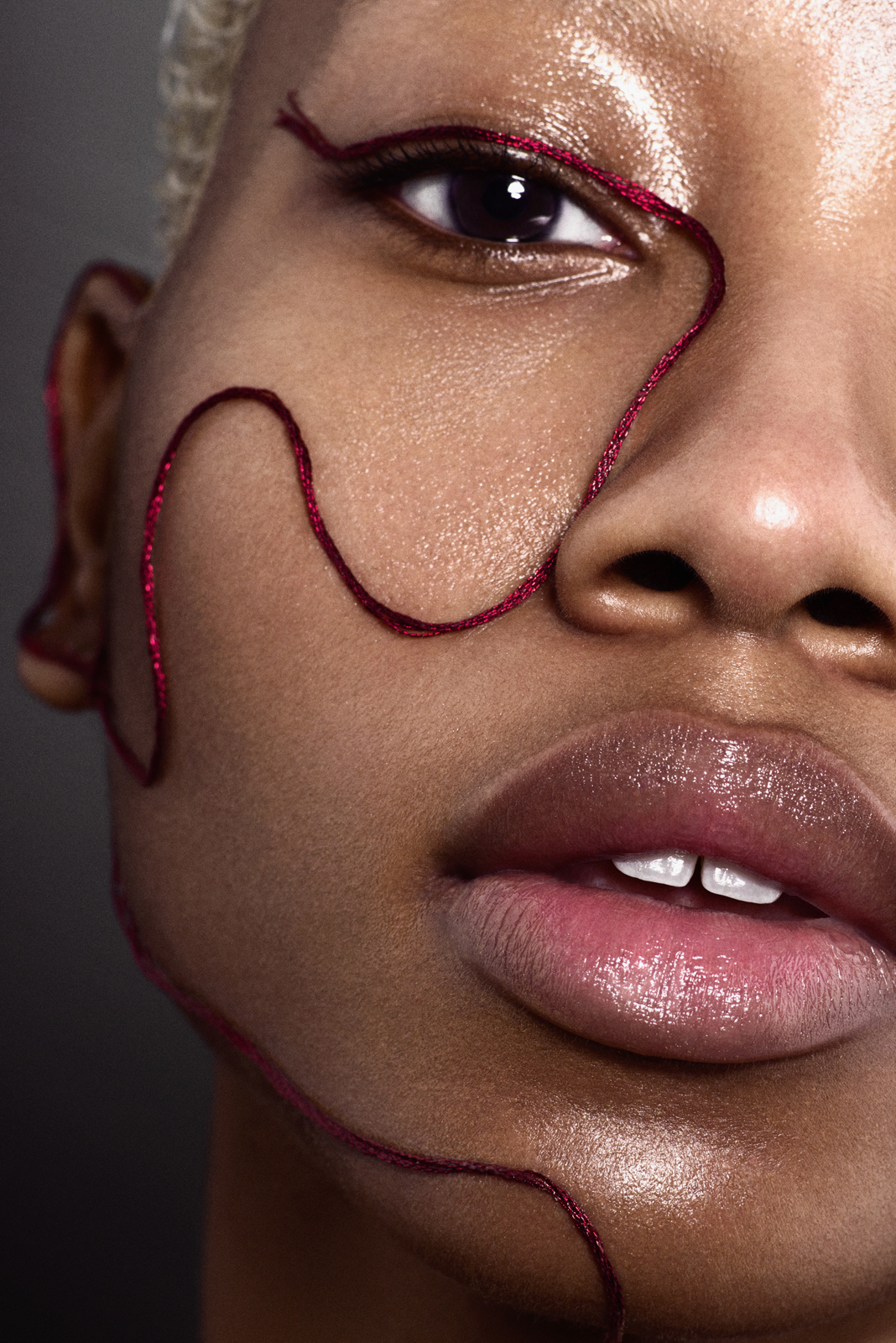ED MAXIMUS - CELEBRATING COLORS
CELEBRATING COLORS
New York-based photographer Ed Maximus juxtaposed black females against bright colored backgrounds, turning bodies into sculptures. He called his project For Colored Girls. For, let’s face it, in the end there is no such thing as black or white. We are all variations of color.
Ed, For Colored Girls has been a huge success. The book seems sold out. Had you ever expected such a success?
When I started working on For Colored Girls, I didn’t really think about success or anything. I first noticed its potential after I posted a couple of photos from it on Tumblr. Within a few days, they were all over the internet. Then people started reaching out to tell me how much those pictures meant to them and they wanted to be a part of the project.
The standard version of the book did well enough for me to call it a success. But I was the one who made the decision to stop printing it (for now). That version only existed because I wanted it to be affordable for a few people who supported my work but didn’t have the fund to buy the deluxe version. If self-publishing wasn’t such an expensive endeavor, I would have stuck to one version to begin with.
How did you come up with the idea? And what was the aim of the project?
Initially this was a color study. Most of my prior work was in black and white. So, I wanted to convince myself I could shoot color in a meaningful way. The first shoot was just me playing around with my girl trying to see how I can make her skin contrast against a red background. It wasn’t until the third shoot that the series started to evolve into what it is today.
Is there any connection with the 1975 play for colored girls who have considered suicide / when the rainbow is enuf, which is inspired by the life of playwright Ntozake Shange?
The name of the project was a play on words and had no connection with Ntozake Shange’s work. Her play was first brought up to me by Nyasha, the third model I shot for the series. She also told me how important it was that I was creating a space through my art for black women to be comfortable with their body. Right then and there, I realized it was necessary for me to shift the focus of the project more on celebrating the black woman’s body.
The project is ongoing? Will the book see a second edition?
Absolutely! I knew a second book was necessary the moment I finished the first one. One of my goals was to ensure that any black woman (cis or trans) who goes through the book can see themselves in it. I don’t I have accomplished that yet. So, I want the next one to be more inclusive in that sense. I’m also hoping to go through a publishing company this time around instead of doing everything on my own.
Unfortunately, the words white, black, and colored come with a lot of weight. Is that especially true in the USA?
The US is a mess right now with the current political climate. So yes, those words do carry a lot of weight here. In an ideal world maybe, we could all celebrate the things that make us unique while knowing we are all human beings. But with racism, sexism, and capitalism being embedded in this country’s DNA, I don’t foresee that happening any time soon.
“In an ideal world maybe, we could all celebrate the things that make us unique.”
Where do you find these massive landscapes to drown in?
It usually takes us a lot of time and effort but when we work on a project we are very devoted to looking for the best place, which usually means the “almost unreachable place. We follow sand roads, get stuck with our jeep and build 10 meters of road out of the twigs and stones to start driving again, or we go through a canyon full of snakes to get to a dream destination, or we go by motorbike when it is too hard for the car to handle the sharp angles up the mountain. There is never an easy way to achieve the best results.
Dreams seem to be an important inspiration for your work. Can you tell us a bit more?
Some years ago we developed our meditation technique. While trying to fall asleep, we get a lot of ideas and visions that we note down. The first time, we staged them to become an art project in 2013. That is when we were nominated for the Pinchuk Art Prize and had to create a body of work to be exhibited.
Most photographers wait for the magic hour very early or very late in the day. You seem to love the hard bright light, and even the flash. Why is that? Does the brightness add a surreal quality?
We think we are just bright people. There is nothing gloomy or moody in our works, just the same as in our souls.
I thought punk was dead, and then I saw your series Misha Koptev. Love it. It is playful, colorful, daring, it is about doing a lot with a little. How is Misha these days? Is he still alive?
He totally is! He used to live in a Ukrainian ghetto city called Lugansk. Because of the war there, he moved to Kiev. Of course, his former life, his clothes made of bones and garbage were left there, and his friends moved to different places, so it is almost impossible to recreate.
Tell us a bit more about him?
Misha is a self-made man, a genius, a person with endless talent and no money. Living in Lugansk all his life he saw no contemporary trends, no magazines, no blogs. We remember him telling us he had to go to his sister to check email once every few months. So, he didn’t even have a computer or Internet access. This all made him create his own raw and brutal fashion, his own world, and he started doing these very provocative fashion shows, which were both hated and loved by the people who share our country.
These days, you also work for some big brands. Is that not hard sometimes? Or are you allowed a free hand?
Usually brands who decide to collaborate with us know our style and they would not expect us to shoot something that is absolutely not in line with us. But shooting a campaign or advertorial is not something where we have to demand total freedom. Because, first of all, it is a collaboration. It should be something between us and the brand. In other words, we should create something that we love, but at the same time take into account the brand’s needs and targets. And it’s not that hard. The key is transparency and communication. Then nothing comes as a surprise in the end.
What art or project really blew you away in 2017?
We were blown away by our adventures more than anything else! Only 10 days ago we were in Madeira: rainy winter mountains, walking in the clouds, literally! When someone asks us what art or art project we recently liked, we always feel a bit guilty that nothing comes to mind, as we do not like spending our time reading blogs or magazines. Life would simply pass by if we started doing so.
What does 2018 have in store for Synchrodogs?
We just shot a new project and would love to exhibit it in some great gallery. But the gallery has to find us first. We are always optimistic about the future but never make plans, as they always change within a month. But 2018 is the Year of the Dog. Fingers crossed!
INTERVIEWED BY PETER SPEETJENS


